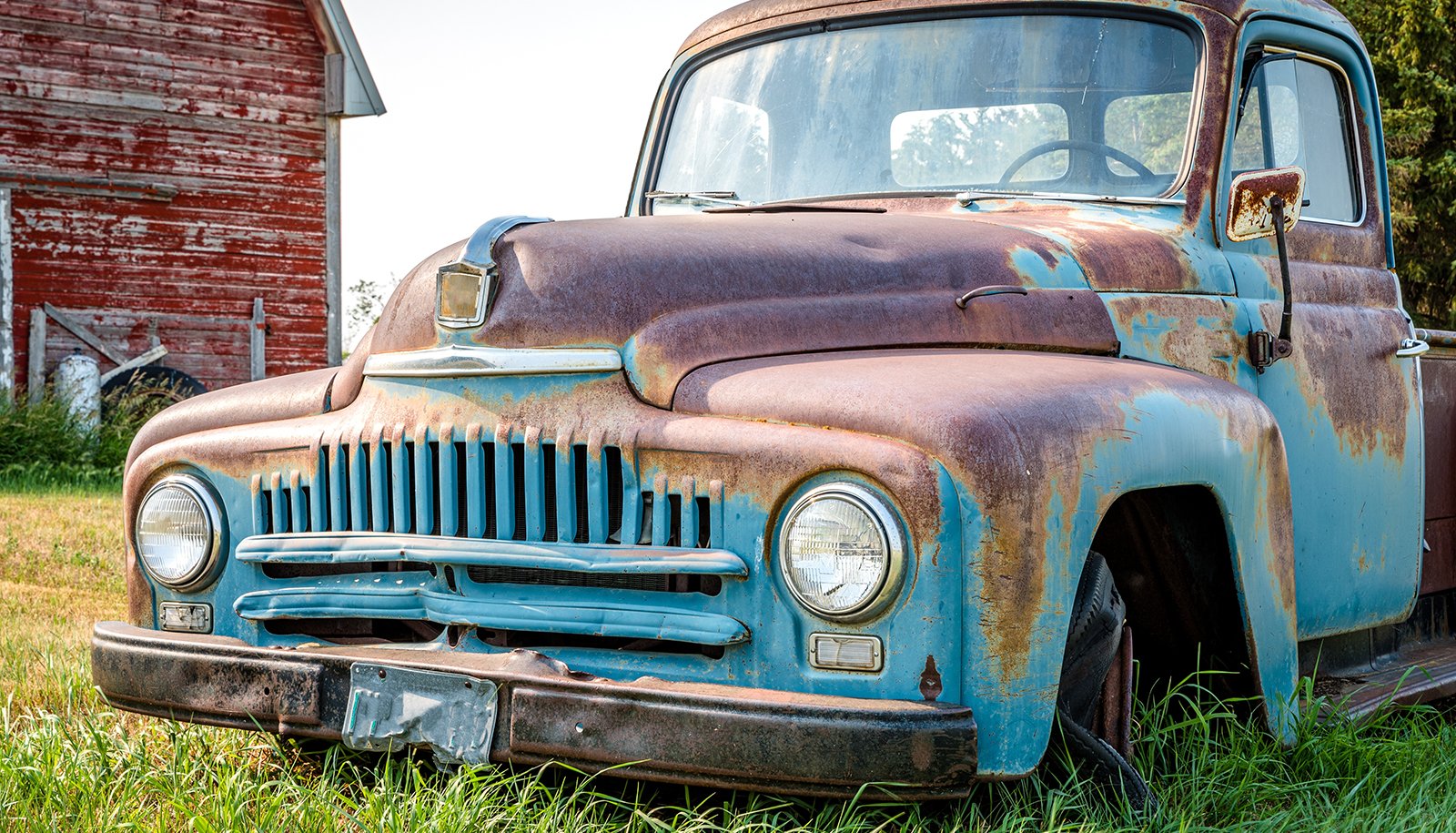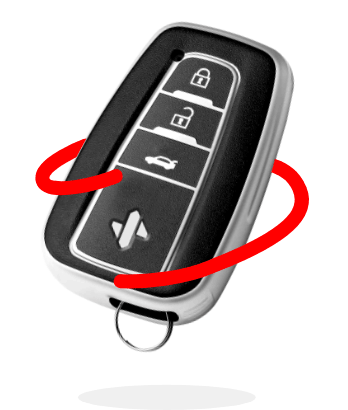If you're like most people, you probably don't know a lot about auto insurance — at least not past the facts that 1) you should have it, and 2) it covers damage in case of an accident.
Even if you do understand all the insurance aspects more than the average driver, it can be tough to decipher all the terminology used.
To make informed decisions about your car insurance coverage, it's important to understand the basics. That starts with auto insurance terms. Read on to learn the top 39 insurance terms.
1. $/$/$
When you see three numbers like this, they are normally representative of the maximum liability limits (in thousands of dollars) for: per-person bodily injury, bodily injury for everyone injured in one accident, and property damage liability. Ex. 100/300/100
2. Actual Cash Value (ACV)
After a covered loss, your vehicle (or parts) will be appraised for its current value (minus depreciation).
3. Additional Insured
Any additional licensed driver covered on the auto insurance policy. (Often, this may include disclosed licensed drivers in the household other than the primary policyholder.)
4. At-Fault Accident
An accident where the driver is all or partially responsible. (Liability insurance will pay up to the limits for injuries to others and property damage.)
5. Auto Accident
A situation when there’s an unexpected incident or crash that occurs to your vehicle, often causing property damage or bodily injury.
6. Auto Insurance Claim
Submitting a request for payment from your insurance policy to cover vehicle repairs, property damage, bodily injury, and more.
7. Automobile Liability Insurance
This term is for general coverage for both bodily injury and property damage liability. This general liability provides protection in case the driver is held legally responsible for bodily injury or property damage from an auto accident.
8. Bodily Injury & Liability Insurance (BI)
While bodily injury insurance covers injury, disease, sickness, or death resulting from an auto accident, liability covers these same bodily injuries for the driver who is responsible.
9. Car Insurance Quote
The estimate of premium cost and coverage for auto insurance.
10. Collision Coverage
Collision coverage assists in repairing or replacing a vehicle if it is damaged in an accident, regardless of fault. This form of coverage would also include collisions like hitting an object (like a telephone pole) but does not include incidents with animals.
11. Comprehensive Coverage
This part of your auto insurance covers things other than collisions, including theft, fire, falling objects, floods, earthquakes, or damage caused by an animal.
12. Credit-Based Insurance Score
A driver’s credit-based insurance score gives insurance carriers an evaluation of how risky it is to insure them, as well as how likely they are to pay their premium regularly (and on time) and cover the deductible in the event of a claim.
13. Covered Incident
An accident or issue that an insurance policy will pay for.
14. Declarations Page
The page on an auto insurance policy which describes important driver, car, and unique policy-related information.
15. Deductible
The out-of-pocket amount paid by the policyholder, should there be a covered claim. (For example, if the deductible is $500 and total damage amounts to $2,500, the policyholder is responsible for paying $500 and would receive a claim amount of $2,000.)
16. Effective Date
The day a car insurance policy begins; accidents or damage that occurs before this date will not be covered.
17. Emergency Roadside Assistance
This part of the policy will fund any need for emergency help, including towing, jumpstarting a vehicle, unlocking the door, changing a tire, and more.
18. Endorsement or Rider
Any change to the standard policy. Most endorsements typically provide additional coverage and benefits but could also reflect exclusions in certain circumstances.
19. Exclusion
Events or types of damage specifically excluded from covered incidents in the policy. For instance, most auto insurance carriers will exclude normal wear and tear and intentional damage. Exclusions may also pertain to drivers or how the vehicle is used.
20. Full Coverage
The most commonly used term that is interpreted differently by everyone. Industry experts typically agree that “full coverage” is used when referencing a policy that includes liability, collision, and comprehensive coverage. Some reference “full coverage” when a policy meets the basic requirements of a loan-typically just collision and comprehensive coverage.
21. FR-44 Insurance Form
This insurance form provides proof of financial responsibility and proof of insurance. Used only for drivers in Virginia and Florida, this form is required when there is a serious driving violation. Read more about the FR-44 form here.
22. Gap Insurance
This coverage pays the difference between the Actual Cash Value (ACV) of the vehicle and the amount due on the loan for the car.
23. Insurance Policy
Transferring financial risk from the driver (insured) to another (the insurance carrier). If the insured maintains premium payments, the policy will make payments as promised in the event of a covered incident or accident.
24. Liability Insurance
This part of auto insurance covers injuries, property damage, and legal costs if you are sued. This portion of coverage is used when the driver is responsible or partially responsible for an accident.
25. Limit
The maximum amount the insurance policy will pay in the event of a covered incident or accident.
26. Medical Payments
This (often optional) coverage may help with medical expenses in case of injury for the driver and any family involved in a covered accident or incident.
27. No-Fault Insurance
If you live in a no-fault state, read your policy carefully to understand the limitations. Just because you live in a state with “no-fault” laws, doesn’t mean you should always file a claim on your own insurance policy. No-fault laws were generally designed to help people seek medical treatment and move a claim along faster, regardless of who was responsible for the accident.
28. Personal Injury Protection (PIP)
Similar to no-fault insurance, this type of coverage takes care of medical expenses for the driver, as well as lost wages and other costs (like childcare), regardless of who is at fault for an accident.
29. Policyholder
The main person who holds an auto insurance policy, applied for coverage and pays the premium for it. This is also typically the main driver of the policy.
30. Primary Use
How the insured vehicle is used most often — business, pleasure, or commuting to work or school.
31. Premium
The payment plan for an insurance policy; it can be paid monthly, quarterly, biannually (or every six months), or annually. Typically, the more often you pay throughout the policy term, the more expensive the total premium.
32. Property Damage Liability (PD)
Just as it sounds, this coverage takes care of any damage to someone else’s property. Most commonly, this would include other vehicles, but can also take care of other property damage (like fences, buildings, garages, etc.).
33. Rate
The unit of measure for how an insurance policy premium is calculated. The rate is dependent on a number of unique factors about the insured vehicle and driver.
34. Rental Reimbursement Coverage
A daily reimbursement allowance for a rental vehicle when the car is being repaired from covered damage.
35. SR-22 Insurance Form
This insurance form is a certificate of financial responsibility and required for those drivers who have been convicted of a serious driving offense. Read more about the SR-22 form here.
36. State Required Minimum
States require drivers to have certain minimum coverage and limits on car insurance policies. In general, these limits aren’t high enough to fully cover a large accident.
37. Term
The length of time a car insurance policy is in effect.
38. Underwriting
The process insurance carriers use to determine individual quotes and policies, based on specific driver and vehicle information.
39. Uninsured/Underinsured Motorist Coverage (UM)
If an accident is the fault of a driver who has no or insufficient insurance, this portion of insurance coverage protects the insured, not-at-fault driver. This also covers hit and run accidents.
We hope this list of auto insurance terms helps you better understand your auto insurance policy.
As always, if we can answer any questions for you, give us a call. We’re happy to help.
Or if you need help finding the best car insurance coverage for the best price, start by speaking to a SimplyIOA agent at 833.872.4467 or get an auto insurance quote online now.










